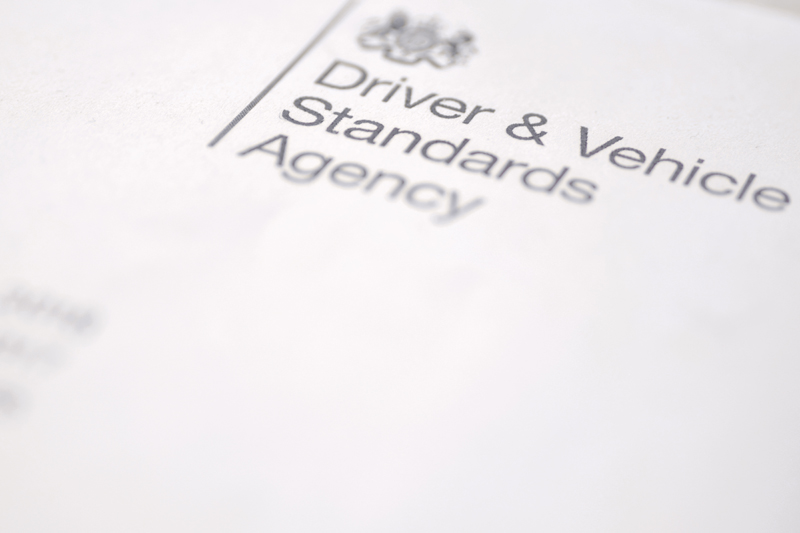
The DVSA announced that annual inspections for dangerous goods vehicles have been suspended from 21st March 2020, but what do you need to do to continue transporting dangerous goods?
To continue transporting dangerous goods using your vehicle, you need to apply for a waiver and follow a set of rules.
The vehicle is eligible for a waiver if it’s registered in Great Britain and either:
- Has a current ADR1C dangerous goods certificate which expires on or after 21st March 2020
- Is a new vehicle that entered service in the last year under authorisation 476
You cannot get a waiver for:
- A new non-type approved dangerous goods vehicle being put into service for the first time
- A vehicle where the details on the ADR1C document have changed – for example, a change of owner or the products it’s allowed to carry
- A dangerous goods vehicle which is not covered by The Goods Vehicles (Plating and Testing) Regulations 1988 – for example, a vehicle or trailer (including the maximum load it can carry safely when it’s being used on the road) that’s less than 3.5 tonnes (this is sometimes called the ‘gross vehicle weight’)
You must apply to get these vehicles approved to carry dangerous goods by road in the usual way.
What you need to do
- Check when your authorisation expires – you can find this on the ADR1C certificate if you have one, or in your digital records
- Download and fill in the ‘Application for ADR annual inspection waiver’ for each vehicle – found on DVSA’s website
- Save the form on your computer or device
- Send the form to DVSA ten working days before your authorisation runs out. Do not send it any earlier
For more information on the guidance issued by DVSA, click here.








